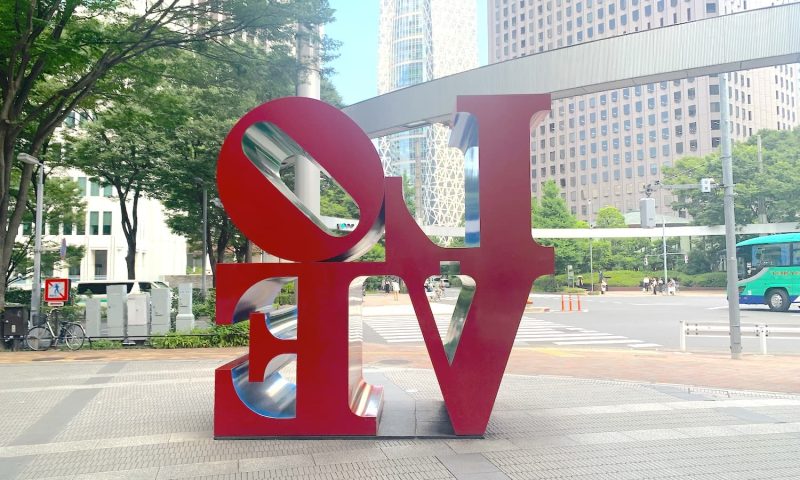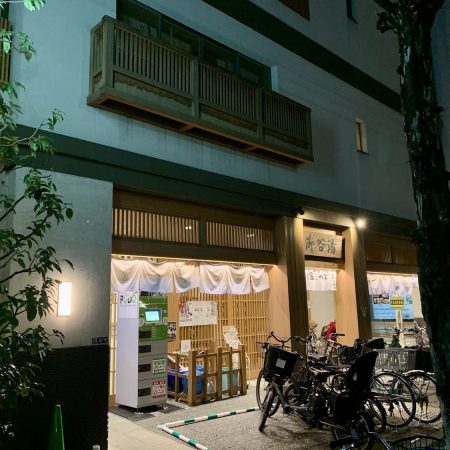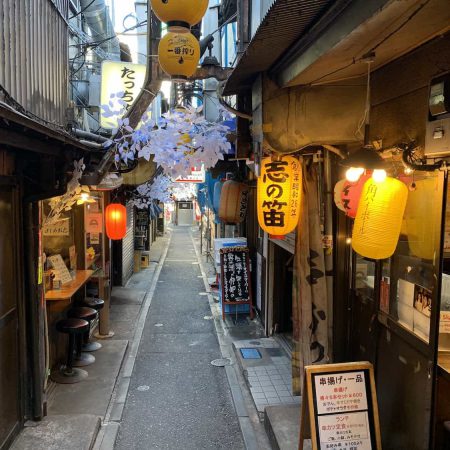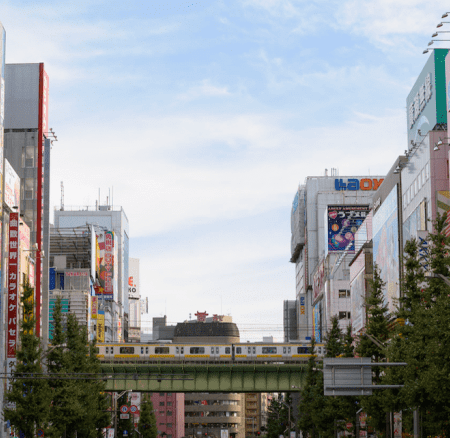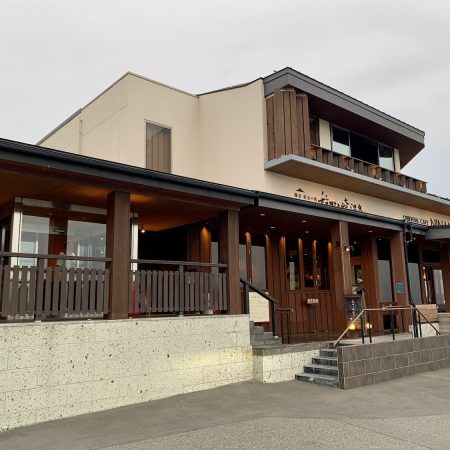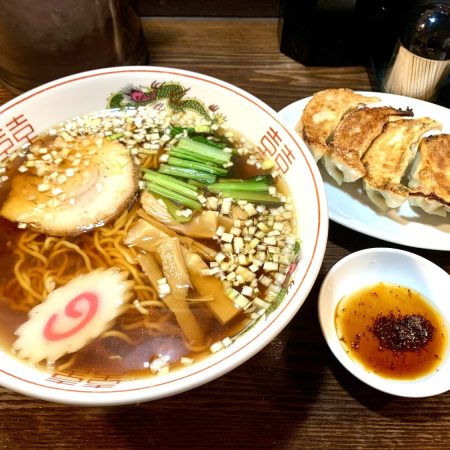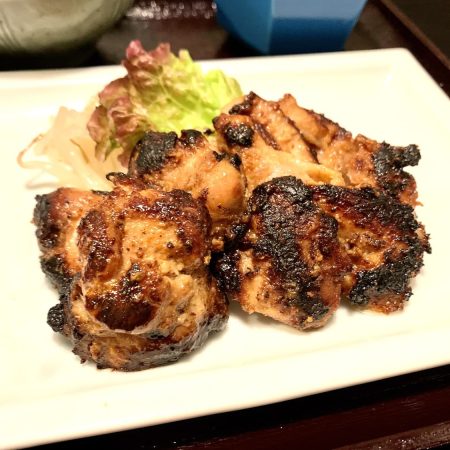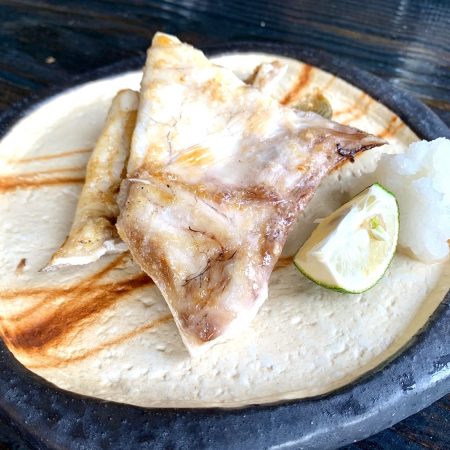Shinjuku, Tokyo’s vibrant heart, combines business, government, shopping, dining, and entertainment in a dynamic district. Its core, Shinjuku Station, manages seven JR lines and three subway lines, welcoming over 3.5 million travelers daily amid towering skyscrapers.
The name “Shinjuku,” meaning “new inn” in elegant Chinese characters, reflects its past as a haven for weary travelers. Over time, it evolved into an entertainment hub during the Meiji era, becoming tightly linked to the bustling heart of Shinjuku Station.
Post-World War II, Kabukicho’s emergence transformed the district. The swinging 1960s brought high-speed economic growth, resulting in skyscrapers and prestigious department stores by the early 1990s. Today, Shinjuku thrives as a relentless nexus of business and entertainment.
Beyond its glittering exterior, Shinjuku surprises with natural and cultural treasures, like Shinjuku Gyoen, making it a delightful surprise for tourists amidst the urban symphony.
Shinjuku Gyoen National Garden (新宿御苑)
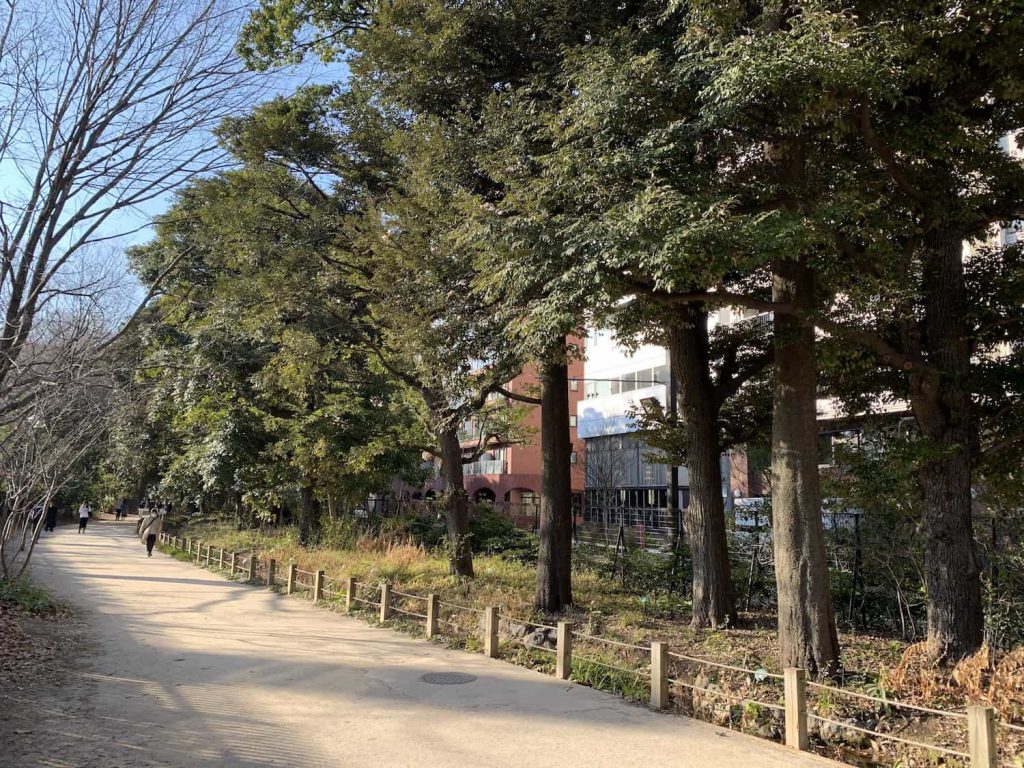
Shinjuku Gyoen National Garden in Tokyo is a 144-acre oasis with a rich history and diverse garden styles, including French Formal, English Landscape, and Japanese Traditional. It features historical landmarks, dining options, and seasonal activities, making it a captivating year-round destination.
Shinjuku Central Park (新宿中央公園)
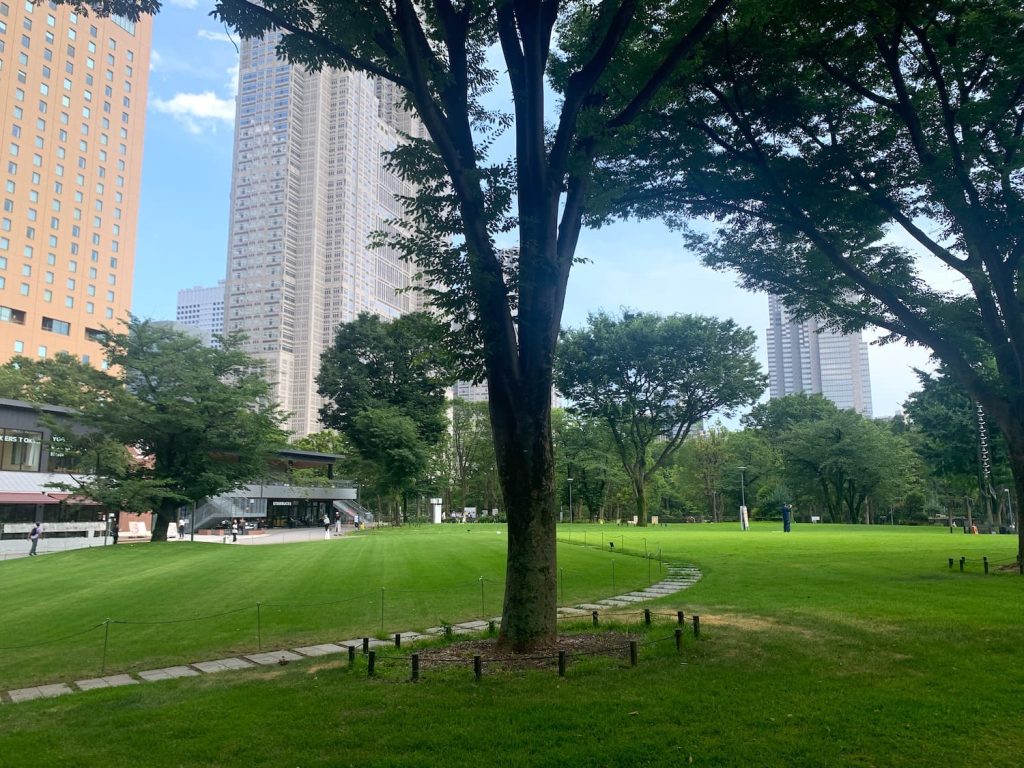
Shinjuku Central Park in Tokyo is a tranquil urban oasis offering relaxation and activities for all. Established in 1968, it has picnic areas, playgrounds, jogging spaces, and hosts the Tokyo Metropolitan Building with free observation decks. The park also features the Shinjuku Chuo Library and an annual festival in late October or early November. It embodies Japanese cultural values and provides a peaceful escape in the heart of the city, easily accessible by public transportation.
Otomeyama Park (新宿区立おとめ山公園)
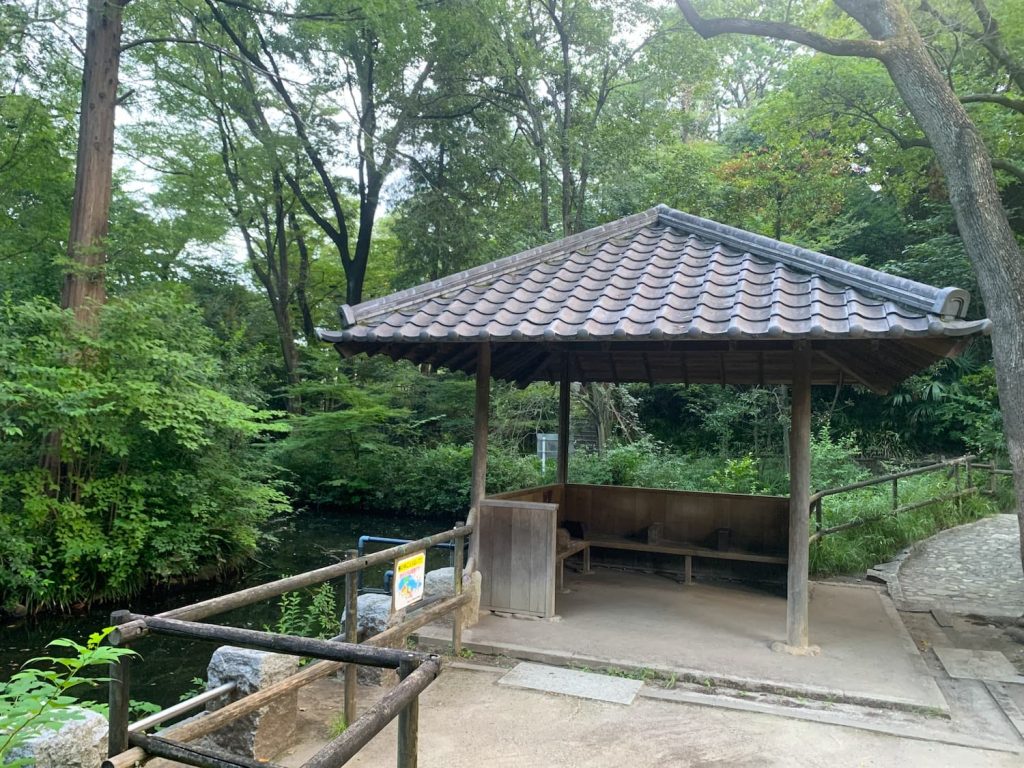
Otomeyama Park, located on the Ochiai Cliff Line, was once a hunting ground during the Edo period and is now a popular attraction. It was initially restricted but later opened as a park, featuring natural wonders like spring water streams and dense forests. The park is a valuable asset to Shinjuku City and serves as a historical site reflecting the community’s dedication to conservation and leisure. It also hosts a firefly breeding facility and showcases freshwater crabs and shrimps.
Hanazono Shrine (花園神社)
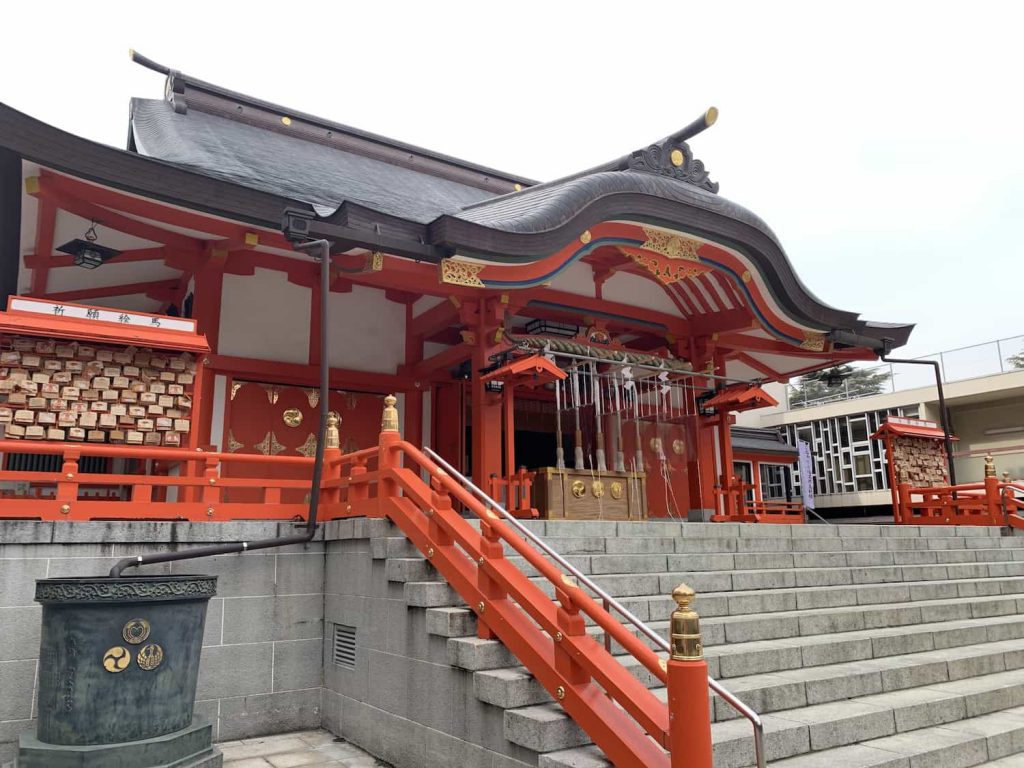
Hanazono Shrine in Shinjuku, Tokyo, is an ancient Shinto shrine dedicated to the deity Inari. It’s known for safeguarding the area since the Edo era and is a destination for those seeking success and good fortune. The shrine hosts the Tori-no-Ichi festival in November and offers a serene retreat amidst the city’s hustle and bustle. It’s adjacent to Shinjuku Golden Gai, providing insight into the area’s history and culture. A visit offers spiritual fulfillment and a glimpse into Shinjuku’s heart.
Shinjuku Juniso Kumano-jinja Shrine (十二社熊野神社)
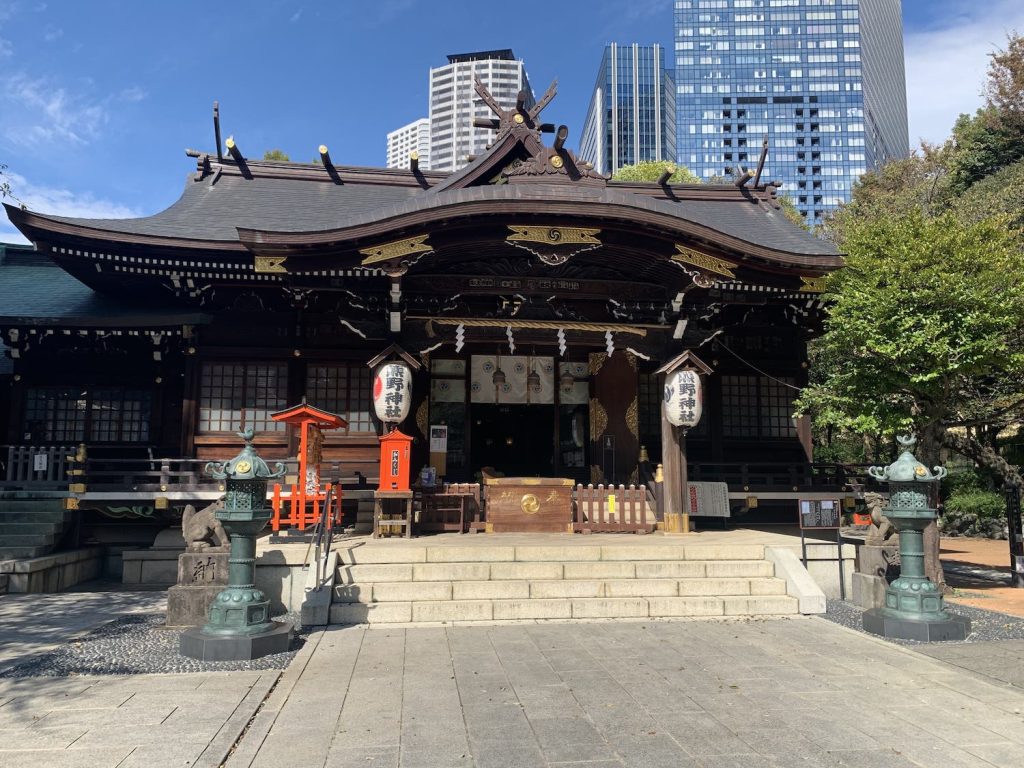
The Juniso Kumano Jinja shrine, located in Shinjuku, is a serene oasis amidst the bustling city. Its history dates back to the Oei Era, with a man named Suzuki Kuro enshrining the deities of Junisho Gongen. The shrine features natural wonders like Juniso-ike ponds and a grand waterfall. During the Edo period, it became a geisha district with tea houses and restaurants. While the Meiji period led to some changes, the shrine remains a symbol of faith and strength in the face of urban development, preserving Japan’s cultural heritage in Shinjuku.
Naruko Tenjin Shrine (成子天神社)
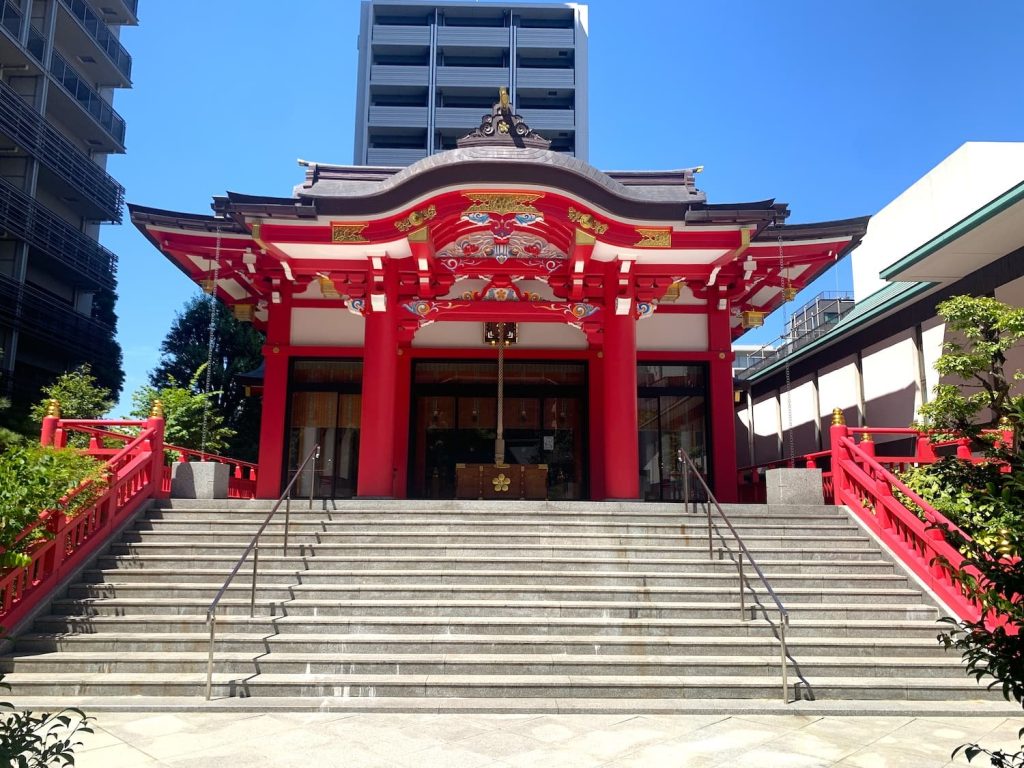
Naruko Tenjin Shrine in Tokyo’s Nishi-Shinjuku district, dating back to 903 AD, is dedicated to Sugawara no Michizane, a deity of good fortune and academic success. The shrine’s history includes construction by Minamoto no Yoritomo in 1197 and its role as the new home for Kitano Tenmangu Shrine during the Edo period. Recent renovations give it a modern look amidst skyscrapers. Explore the shrine’s unique features, such as a man-made Fuji mound, stone depictions of the Seven Lucky Gods, and a memorial to the Fujiko mountaineers. Learn about the shrine’s fascinating history, the deities it enshrines, and the power stones, designated as cultural properties. Don’t miss the magic of Naruko Tenjin Shrine.
Kaichu Inari Shrine (皆中稲荷神社)
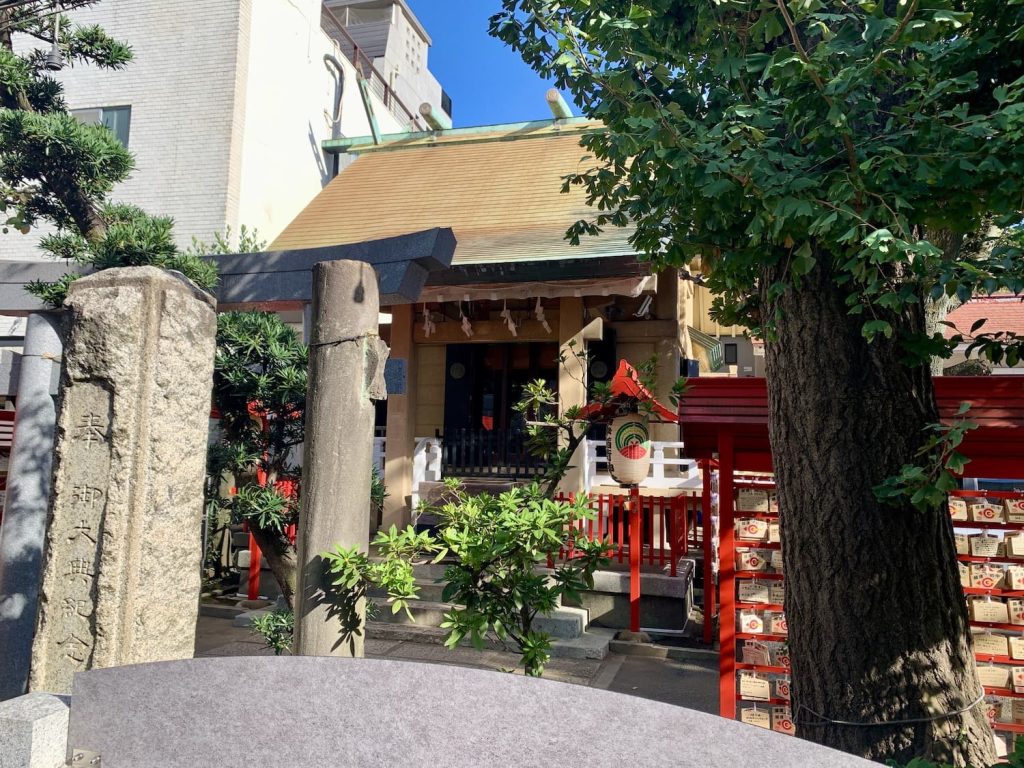
Kaichu Inari Shrine, established in 1533 in Shinjuku, Tokyo, is a sacred site with a rich history. It was once known as “Kaichu Inari” due to a group of brave soldiers performing rituals before battle. The shrine is now working to revive these traditions and honor the soldiers. Located near Shin-Okubo Station, it offers a unique opportunity to connect with Japan’s cultural heritage and history.
Ana Hachimangu Shrine (穴八幡宮)
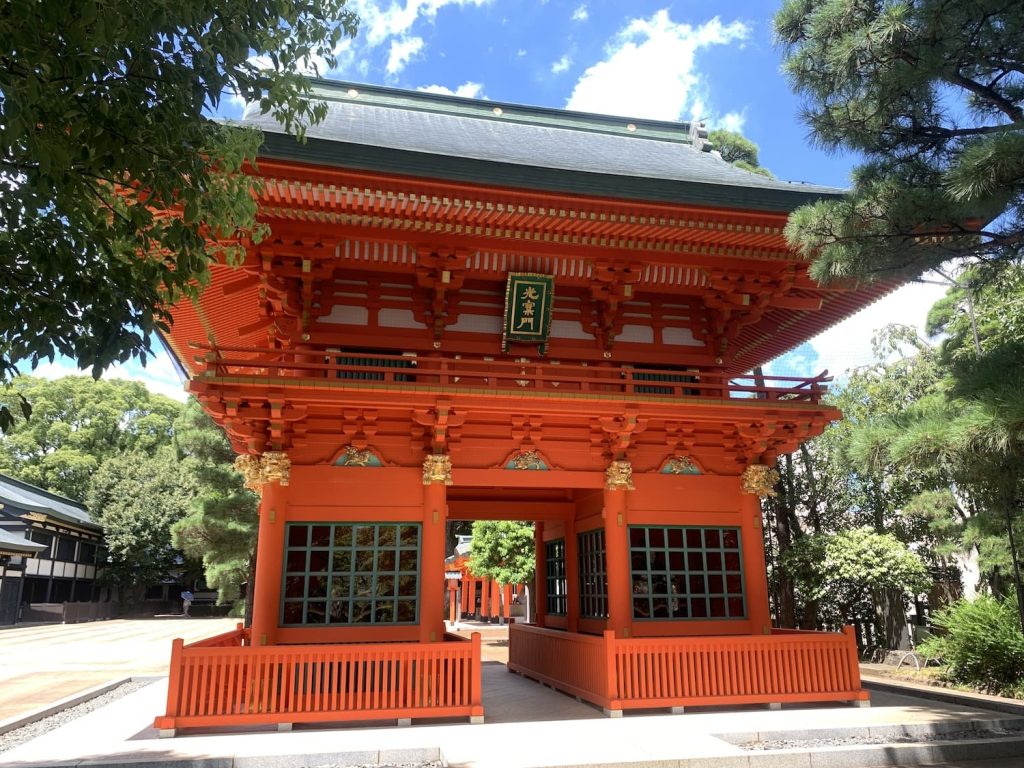
Ana Hachimangu Shrine, close to Waseda University in Tokyo, has a rich history dating back to the Edo period. It’s known for its protective amulets, including the “ichiyo raifuku omamori,” which is believed to bring good luck and business prosperity when placed high on a wall at specific times. The shrine is also a cultural hotspot, hosting a horseback archery demonstration on Sports Day, adding to its historical and cultural significance. A visit to Ana Hachimangu Shrine offers blessings, prosperity, and a unique cultural experience.
Tokyo Metropolitan Government Building (東京都庁)

The Tokyo Metropolitan Government Building, known as Tocho, is a remarkable architectural complex in Shinjuku designed by Kenzo Tange. It offers two free observation decks with panoramic views of Tokyo, including iconic landmarks like Mount Fuji. The building also hosts cultural events, making it a symbol of Tokyo’s modernization and resilience after the 2011 earthquake. It’s a must-visit destination for travelers and photography enthusiasts looking for a unique Tokyo experience.
SOMPO Museum of Art (SOMPO美術館)
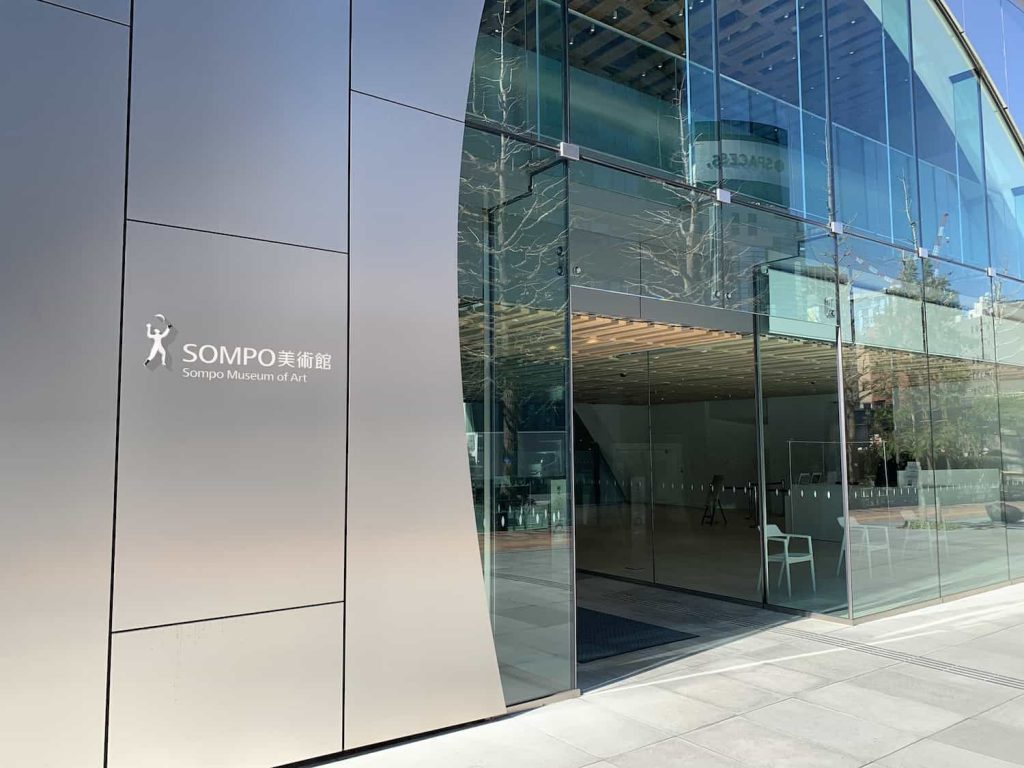
The SOMPO Museum of Art in Shinjuku, Tokyo, is a cultural gem established in 1976, showcasing contemporary Japanese and Western art, including Vincent Van Gogh’s “Sunflowers.” With approximately 630 art pieces, including works by Seiji Togo, the museum offers five seasonal exhibitions. Its welcoming architecture and a dedicated room for “Sunflowers” create an optimal viewing experience. The museum also features a shop and a café with cityscape views. It promotes diversity in arts and culture and is now more accessible in its new location on the 42nd floor of the Sompo Japan Nipponkoa Head Office Building. A must-see for art enthusiasts of all backgrounds.
Yayoi Kusama Museum(草間彌生美術館)

The Yayoi Kusama Museum in Tokyo, founded by the iconic artist herself and run by the Yayoi Kusama Foundation, is a must-visit for contemporary art enthusiasts and those intrigued by her unique style. The museum showcases Kusama’s mesmerizing and immersive polka-dot and net-patterned artworks using mirrors and lights. It offers a biannual display of her captivating collection, along with various events and lectures. Yayoi Kusama’s influence on the global art scene and her exceptional contributions to Japanese culture make this museum an essential destination. Tickets are available on their website, and the museum is conveniently located in Shinjuku, Tokyo. Explore the world of Yayoi Kusama’s art for a journey of self-discovery.
Tokyo Toy Museum (東京おもちゃ美術館)

The Tokyo Toy Museum in the heart of Tokyo is a unique destination with a vast collection of toys from around the world. Housed in a pre-World War II building, it offers a warm and inviting atmosphere with an abundance of cedar decor. The museum features a “baby wood-based learning area” and is run by approximately 350 toy curators who organize events like storytelling and performances. The museum also hosts top players in various table games and professionals from diverse fields, making it a must-visit for those interested in the art of play.
Shinjuku Golden Gai (新宿ゴールデン街)
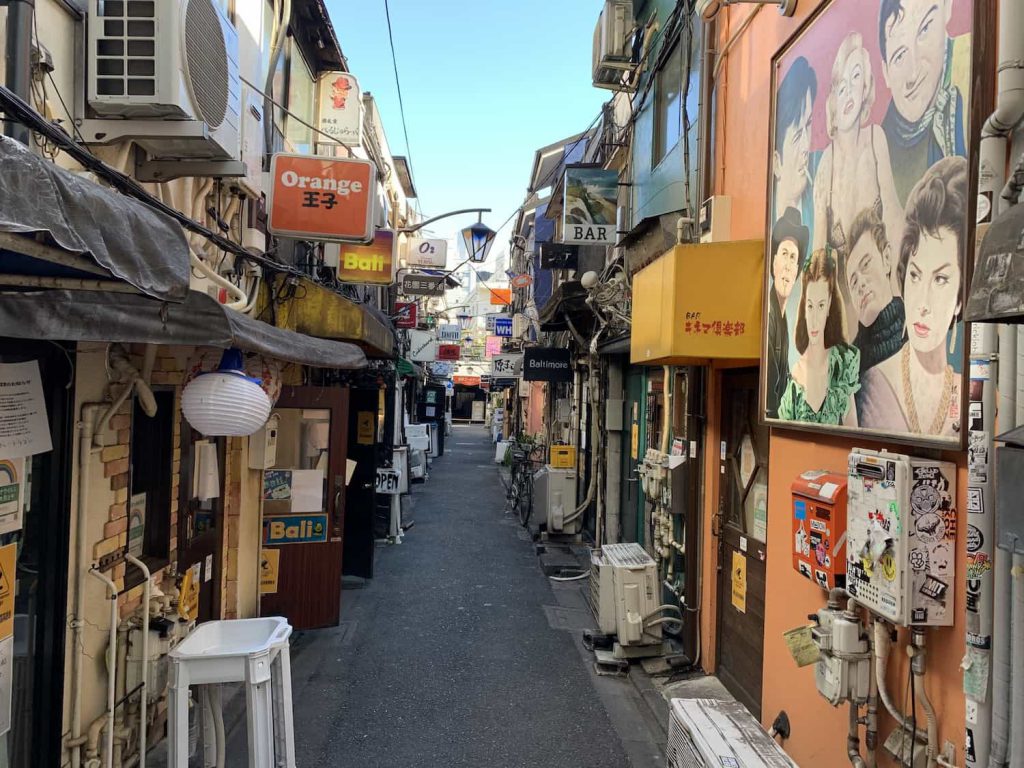
Shinjuku Golden Gai in Tokyo is a historic and iconic nightlife district with over 280 unique drinking establishments. It was a hub for creatives in the 1950s and has a rich cultural history. Despite threats of demolition, it’s now a cherished cultural and architectural heritage, attracting both tourists and locals. It’s a place for diverse and individualistic expression, offering an authentic and intimate atmosphere. Celebrities like Quentin Tarantino and Lady Gaga have visited, and it represents a unique aspect of Japanese culture that values diversity and community.
Omoide Yokocho (思い出横丁)
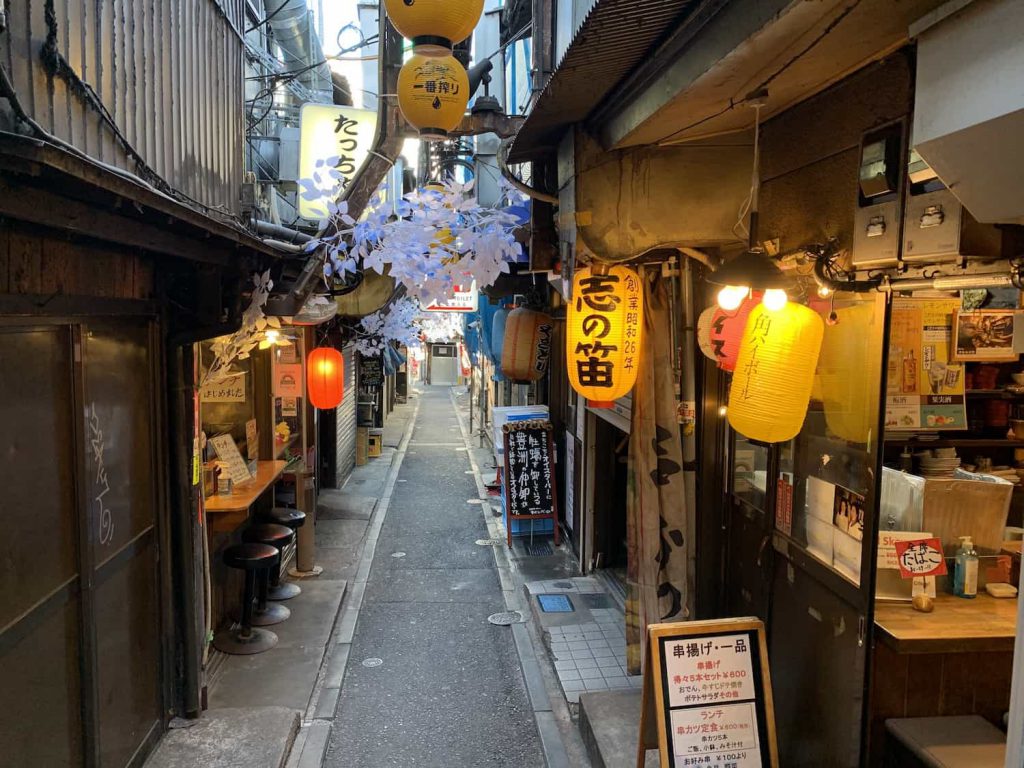
Omoide Yokocho, located at the west exit of Shinjuku Station in Tokyo, is a beloved alleyway that captures the essence of post-war Japan. Initially a barren land, it evolved into a thriving area with food vendors and yakitori cabarets in the 1950s. Today, it features around 80 shops and remains a vital part of Shinjuku’s local culture. Visitors can enjoy reasonably priced drinks and cuisine, making it a perfect place to unwind and socialize, preserving the legacy of post-war Japan.

